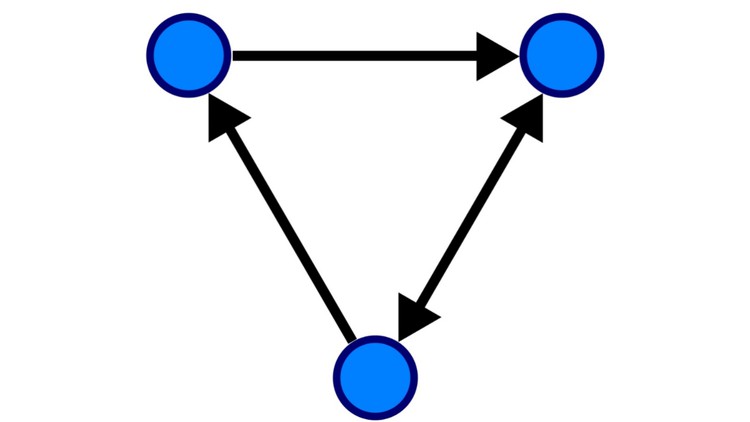
Learn the concepts of Graph Theory, it’s Algorithms and Implement them in Python
What you will learn
Understand the Graph Data Structure and Know how to implement it
Understand the algorithms of Graph Theory
Know the concepts of Graph Theory
Learn the Python implementation of Graph Algorithms
Description
I welcome you all to my course on ‘Graph Theory and it’s Algorithms – Advanced DSA’
This course deals with the concepts of Graph Theory such as
1. What is Graph Data Structure?
2. Applications of Graphs to solve real life problems.
3. Terminologies involved in Graph Theory
4. Types of Graph Data Structure – Weighted, Unweighted, Directed, Undirected, Cyclic, Acyclic, Directed Acyclic Graphs.
This course also gives the explanation of the following algorithms and also provide their implementation in Python.
1. Representation of Graphs – Adjacency List, Adjacency Matrix.
2. Implementation of Adjacency List, Adjacency Matrix using OOPS in Python.
3. Depth First Search (DFS) Algorithm in Python
4. Breadth First Search (BFS)
5. Problems based on DFS – Topological Sort, Sum, Max, Min.
Single Source Shortest Path Problems.
1. Djikstra’s Algorithm – Algorithm and Code in Python.
2. Bellman Ford – Algorithm and Code in Python.
Minimum Spanning Tree Problems
1. Explanation of Spanning Trees, Finding out Minimum Spanning Tree.
2. Prim’s and Kruskal’s Algorithm.
Note: Knowledge in Basic Data Structures and Python is preferred.
A graph data structure consists of a finite (and possibly mutable) set of vertices (also called nodes or points), together with a set of unordered pairs of these vertices for an undirected graph or a set of ordered pairs for a directed graph. These pairs are known as edges (also called links or lines), and for a directed graph are also known as edges but also sometimes arrows or arcs. The vertices may be part of the graph structure, or may be external entities represented by integer indices or references.
Content